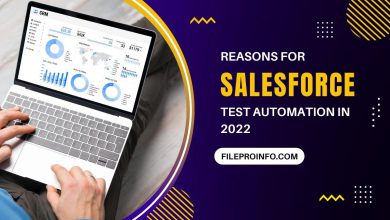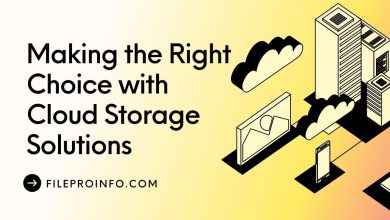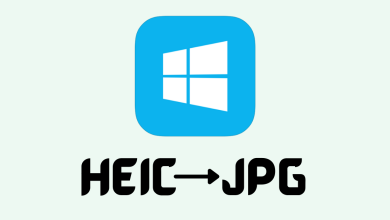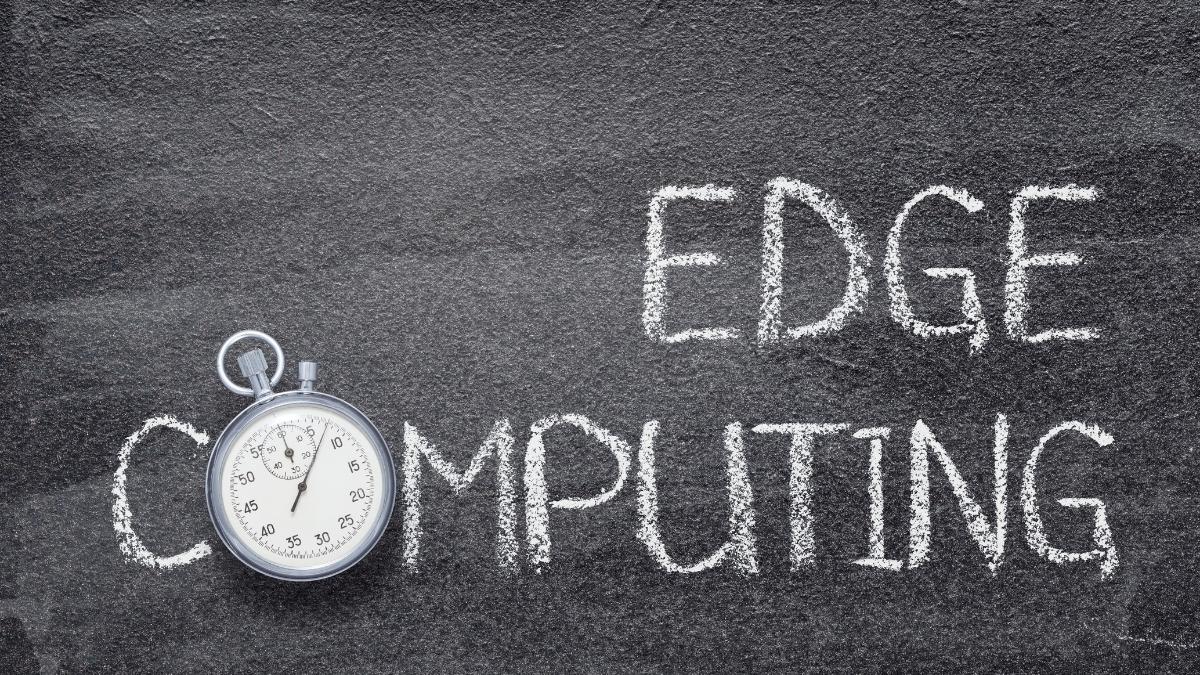
Edge computing has only recently become important, despite the fact that cloud computing has been around for years and has proven to be a boon for both large and small businesses. It refers to a type of data processing that takes place at the network’s edge, which is closer to the source of data. This will aid in increasing efficiency while lowering latency and data transfer costs between devices and the cloud. The use of smartphones, drones, and other mobile devices for various tasks is referred to as edge computing.
Edge computing’s main benefit is that it reduces data transfer time between devices and the cloud by processing, storing, and analyzing data at the edge rather than sending it all to the cloud.
We’ll look at what edge computing is, why it’s important, how it works, and how you can use it in your organization right now in this blog post.
What Is the Importance of Edge Computing?
Edge computing is a radical departure from the way we’ve been managing data in the cloud for years. Instead of sending data to remote servers, companies can use the cloud to store and process data locally, then send it to the cloud when it’s ready. In comparison to a centralized cloud approach, this means less overhead, less complicated infrastructure, and lower costs.
Edge computing has grown in popularity in recent years, but it is still in its infancy. Edge computing is only now beginning to gain traction. Many businesses are interested in exploring it because it offers a much more flexible and cost-effective approach.
Cloud computing is not the same as edge computing
Cloud computing is not the same as edge computing. Edge computing is a type of computing that takes place at a computer’s network edge, whereas cloud computing is all about moving network edge processing power and data to central server farms.
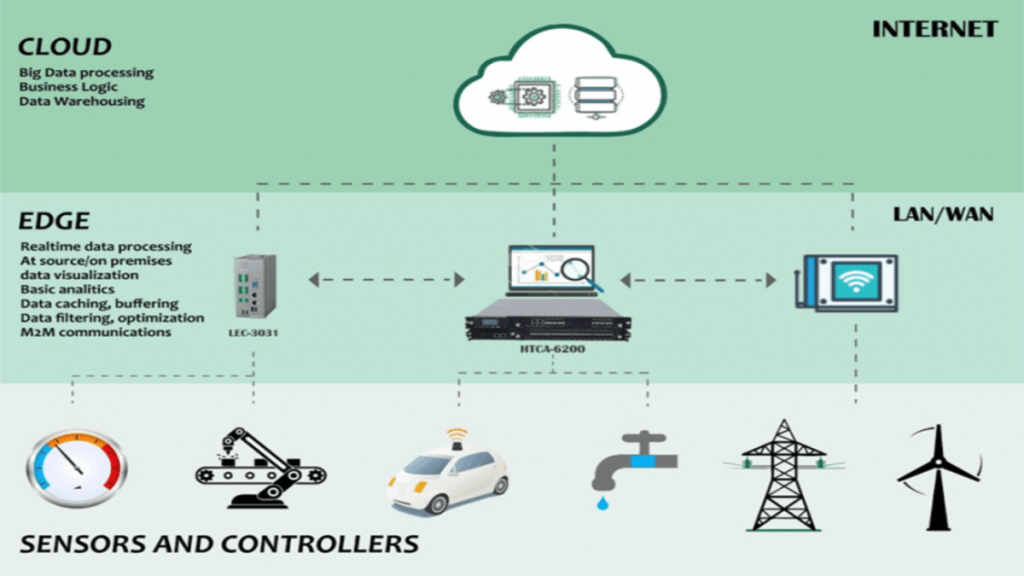
When you need storage or processing power, such as cloud services, but can’t afford (or aren’t required) to pay someone else’s bill, edge computing is a good option (e.g., Amazon Web Services). You have complete control over your hardware and software with edge computing. For example, if you have some data that needs to be stored in a secure location and you need computational power to process it, you could purchase servers and install them with an edge switch at your office or home (this is called local edge).
Edge switches allow businesses to take full control of what resources they allocate for each task, rather than being limited by available server space provided by third-party providers like Amazon Web Services, if they don’t have enough space on-site for all of their data — and even if they do.
The Functions of Edge Computing
Before edge computing, data had to pass through a centralized server on its way between devices in your ecosystem. Data is stored on a server somewhere and then sent over a network to your devices in the cloud approach.
Edge computing, at its most basic level, is a new way of using the cloud to store data locally before pushing it back to the cloud when it’s ready. The edge device serves as a link between your ecosystem’s devices and the cloud. It stores and processes data in the cloud before returning it to the devices that sent it. It’s a distributed system that makes use of a variety of computing resources, such as sensors, video cameras, phones, databases, and other devices.
Why should you use edge computing in your business?
#Security
Edge computing has a number of benefits, one of which is increased security. You don’t have to worry about storing all of your important data in one place when you use an edge device to process your data. Hackers wouldn’t be able to access records from a central server farm if your system was hacked because they’d need physical access as well.
#Broadband costs are reduced
Another benefit of edge computing is that it saves money on bandwidth costs for businesses. This is due to the fact that traditional cloud-based servers necessitate an internet connection as well as significantly more bandwidth than an edge device. Edge devices connect to the internet via Wi-Fi or other local means, rather than relying on costly internet connections like traditional computers.
#Accuracy has improved
Edge devices also provide accurate monitoring of what is happening on their networks, allowing business owners to see what is going on with their systems at all times and make changes as needed.
#Reduce the cost of data processing
The shift to edge computing addresses two major issues in today’s technology-driven world: physical distance and performance constraints. By allowing users to access applications without having to leave their own networks, edge computing reduces the need for remote servers. Some businesses use edge computing simply to speed up data processing, while others see it as a way to save money by eliminating the need for employees to have access to cloud-based tools at their desks or offices.
#Workflows should be made as simple as possible
You probably spend a lot of emails on your own personal device if you think about your typical workflow. With edge computing, you may not need to install certain apps on your laptop, such as Microsoft Outlook, because all of your communication can now be done via email from any device — all you have to do is check your email on your phone and save attachments directly from there rather than uploading them first to Dropbox or Google Drive.
How to Implement Edge Computing in Your Organization
As you can see, edge computing entails converting a portion of your existing hardware into an internet extension. Sensors and other internet-connected devices are required. You’ll also require a device that can store sensor data and send it to the cloud as needed. A computer, server, or even a smartphone can be used to store data and send it to the cloud. A sensor, a video camera, or even a virtual assistant could be used to receive data from the cloud. To connect the devices, you can use device-to-device communication, such as Bluetooth or Wi-Fi. Sensors and other devices can also be connected to a computer via a cable.
Edge Computing Implementation Challenges
#Cost of new infrastructure
Edge computing is a new concept that can be difficult to put into practice. It necessitates your company’s transition from its current infrastructure to new networking hardware, which may put a strain on your IT department.
#Limited internet speeds may cause your edge system’s efficiency to suffer
Edge computing is also constrained by the internet speed available at each location. If you have multiple locations in different countries that need to access cloud applications or other services from the same cloud provider, you’ll be able to do so only if the provider has a presence in all of the regions where you do business.
#Scalability Edge is only restricted to the location in which it is installed
If you have a large organization or your operations are spread across multiple physical locations, scaling it to every area of your business would be difficult.
#Scalability
Cloud computing, on the other hand, provides scalability and flexibility. Cloud providers provide more than just remote apps; they also provide data storage and backup, online document sharing and collaboration tools, video conferencing, CRM software modules, and a variety of other services. This provides businesses with both the technology they require and the resources they desire. It’s simple for them to create their own custom solutions that are tailored to their company’s needs and those of their customers.
This is not to say, however, that cloud computing should not be used. Edge computing, like any new technology, is better suited to some use cases than others.
Let’s take a look at a few of these scenarios.
Use cases for edge computing
Many cloud computing problems can be solved with edge computing. This is accomplished by bringing cloud computing to the edge, or the physical location where data is collected. It also extends cloud computing to specific devices like cars and smart cities.
Edge computing is most commonly used to store sensor data. Sensors are an important part of today’s Internet of Things ecosystem, and they generate a lot of data that businesses and other organizations can use. Sensors, on the other hand, are typically connected to the internet via a wireless network. It only takes a few minutes to send sensor data to the cloud. Even if sensor data is only used for a few hours, storing it in the cloud takes several days. Then the data must be sent back to the sensors, which can take several hours. For businesses that need to react to sensor data as quickly as possible, this isn’t feasible.
The use of edge computing is a fantastic solution. It enables you to store sensor data on the edge device and send it to the cloud when you need it, ensuring that it is always available. Furthermore, the edge device does not require a wireless connection. This means it can spend more time in the field and collect more data.
Edge Computing in the Future
The concept of edge computing is still in its infancy. Only 10% of businesses use Edge computing today. By 2025, that percentage will have risen to 50%. (Source). Edge computing’s popularity will grow as more people and businesses realize how it can make their lives easier in a variety of ways.
As IoT devices continue to flood the market, edge computing will become more common. The majority of data will eventually be generated at the edge. That’s why, in the coming years and beyond, we expect edge computing to play a significant role in the internet of things.
Learn more from technology and read The Pros and Cons of SASE Computing.
